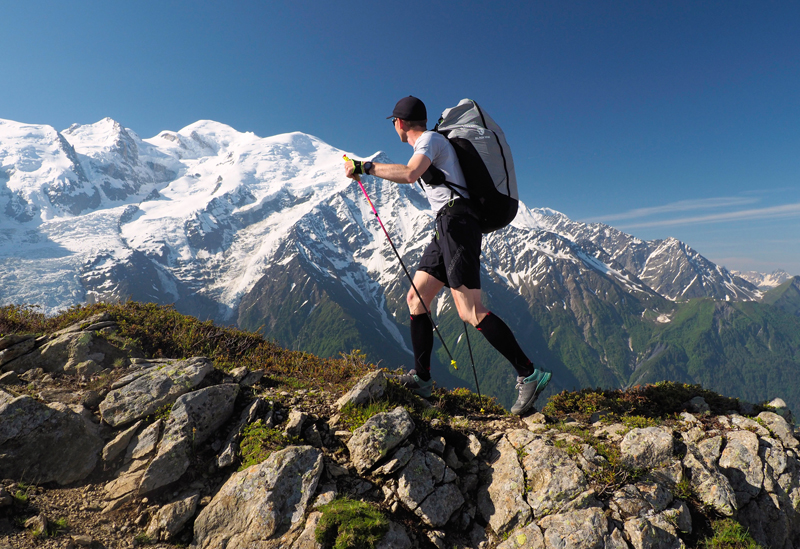Shin splints in runners: is there a better treatment approach?
Shin splints (more correctly known as medial tibial stress syndrome or MTSS for short) is a frequent overuse injury of the lower limbs and one of the most common causes of exertional leg pain in athletes such as runners and other active individuals. For example, studies suggest that the incidence of MTSS among physically active soldiers is 7.9%, while among athletes it varies between 4% and 35%(1,2). Although often not serious, it can be quite disabling, and easily scupper a training program if not treated properly. To further complicate matters, the rate of relapse in athletes who recover from a previous bout of MTSS is high.
Causes of MTSS
The key causal factors leading to athletes developing MTSS are thought to be multi-factorial, involving both poorly-constructed training programs and various biomechanical abnormalities. Also, evidence from previous studies suggest that MTSS can be caused by not just one, but a whole spectrum of stress injuries involving the main bone of the lower leg – the tibia. In particular, incorrect function of three key muscles of the lower leg - tibialis posterior, tibialis anterior, and soleus - are also commonly implicated (see figure 1)(3-6).
These various tibial stress injuries appear to be caused by alterations in tibial bone loading from chronic, repetitive loads (eg the pounding action of running) resulting in abnormal strain, bending of and micro-damage to the tibia. Unchecked, these same processes can lead to a tibial stress fracture, which is far more serious. So while the exact cause of MTSS may vary, MTSS and tibial stress fractures actually lie on a continuum of bone–stress reactions. It follows therefore that untreated shin splints can lead to a tibial stress fracture, which is why runners and other athletes must not ignore it! One thing that is unarguable however is that over the last few decades, comparatively few advances have been made in the treatment of MTSS. For athletes, this means that current treatment options offered by physios are mostly based on expert opinion and clinical experience rather than data from peer-reviewed studies(7).
Figure 1: Anatomy of the lower leg and MTSS
You need to be logged in to continue reading.
Please register for limited access or take a 30-day risk-free trial of Sports Performance Bulletin to experience the full benefits of a subscription. TAKE A RISK-FREE TRIAL
TAKE A RISK-FREE TRIAL
Newsletter Sign Up
Testimonials
Dr. Alexandra Fandetti-Robin, Back & Body Chiropractic
Elspeth Cowell MSCh DpodM SRCh HCPC reg
William Hunter, Nuffield Health
Newsletter Sign Up
Coaches Testimonials
Dr. Alexandra Fandetti-Robin, Back & Body Chiropractic
Elspeth Cowell MSCh DpodM SRCh HCPC reg
William Hunter, Nuffield Health
Keep up with latest sports science research and apply it to maximize performance
Today you have the chance to join a group of athletes, and sports coaches/trainers who all have something special in common...
They use the latest research to improve performance for themselves and their clients - both athletes and sports teams - with help from global specialists in the fields of sports science, sports medicine and sports psychology.
They do this by reading Sports Performance Bulletin, an easy-to-digest but serious-minded journal dedicated to high performance sports. SPB offers a wealth of information and insight into the latest research, in an easily-accessible and understood format, along with a wealth of practical recommendations.
*includes 3 coaching manuals
Get Inspired
All the latest techniques and approaches
Sports Performance Bulletin helps dedicated endurance athletes improve their performance. Sense-checking the latest sports science research, and sourcing evidence and case studies to support findings, Sports Performance Bulletin turns proven insights into easily digestible practical advice. Supporting athletes, coaches and professionals who wish to ensure their guidance and programmes are kept right up to date and based on credible science.









